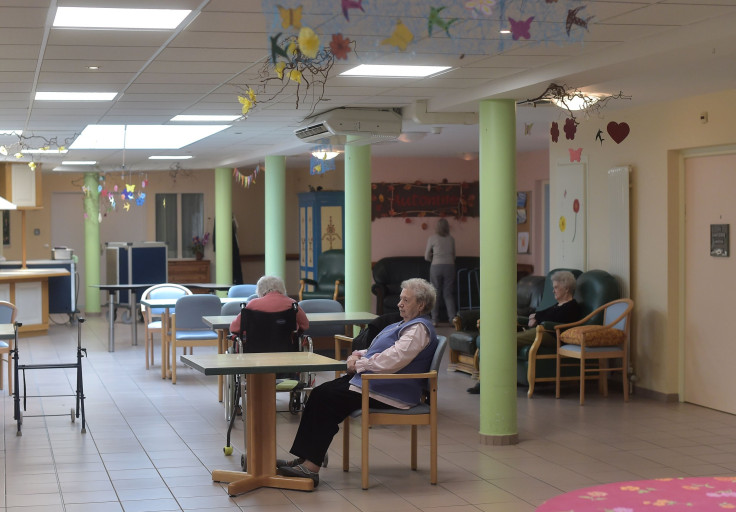New ‘Alzheimer’s Sensor’ Blood Test Can Detect Disease 8 Years Before Symptoms Onset

Alzheimer’s disease can only be definitely diagnosed after death when an autopsy conducted on the brain of the deceased reveals the accumulation of amyloid plaques between nerve cells (or neurons) in the brain. The presence of these hard, insoluble plaques is one of the hallmarks of Alzheimer's disease.
While the patient is still alive, however, doctors assume he has “possible Alzheimer’s dementia” — dementia due to another cause — or “probable Alzheimer’s dementia” — no other cause for dementia can be found — based on a series of tests.
With existing techniques, Alzheimer's disease can only be detected once plaques have formed in the brain. At this point therapy seems no longer possible.
In Alzheimer's patients, the amyloid beta protein folds incorrectly due to pathological changes long before the first symptoms occur. The first changes caused by Alzheimer's take place at the protein level up to 20 years sooner.
But a two-step method developed at the Ruhr-Universität Bochum (RUB) in Germany can help detect Alzheimer's at a much earlier stage. Led by Prof. Klaus Gerwert from the Department of Biophysics at RUB, a team of researchers successfully diagnosed this misfolding using a simple blood test they call “Alzheimer’s sensor.”
As a result, Alzheimer's can now be detected some eight years before the first clinical symptoms occur.
"This has paved the way for early-stage therapy approaches, where the as yet inefficient drugs on which we had pinned our hopes may prove effective," Prof Gerwert said.
RUB researchers published their report in the March 2019 edition of the journal Alzheimer's and Dementia: Diagnosis, Assessment and Disease Monitoring.
In the two-tier diagnostic method, researchers use the original blood test to identify high-risk individuals. They then add a dementia-specific biomarker (namely tau protein) to run further tests with those test participants whose Alzheimer's diagnosis was positive in the first step.
If both biomarkers show a positive result, there is a high likelihood of Alzheimer's disease.
"Through the combination of both analyses, 87 of 100 Alzheimer's patients were correctly identified in our study," Prof. Gerwert explained. "And we reduced the number of false positive diagnoses in healthy subjects to 3 of 100. The second analysis is carried out in cerebrospinal fluid that is extracted from the spinal cord.
"Now, new clinical studies with test participants in very early stages of the disease can be launched.”
"Once amyloid plaques have formed, it seems that the disease can no longer be treated," Dr. Andreas Nabers, head of the research group and co-developer of the Alzheimer's sensor, noted. "If our attempts to arrest the progression of Alzheimer's fail, it will put a lot of strain on our society."
Dr. Nabers said the sensor is easy to use and is robust when it comes to fluctuation in concentration of biomarkers and standardized.
"We are now conducting in-depth research to detect the second biomarker, namely tau protein, in the blood, in order to supply a solely blood-based test in future.”
Published by Medicaldaily.com



























